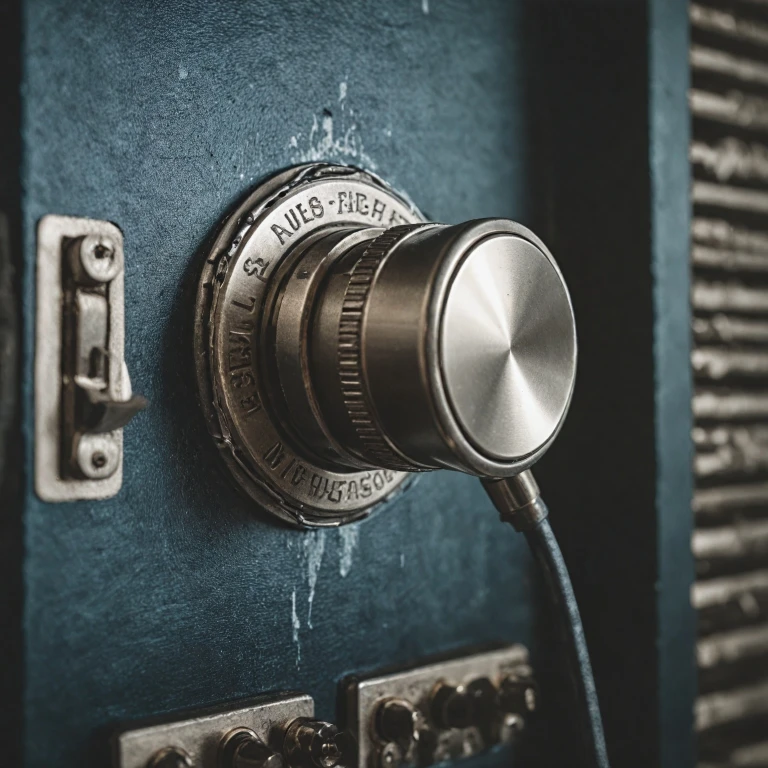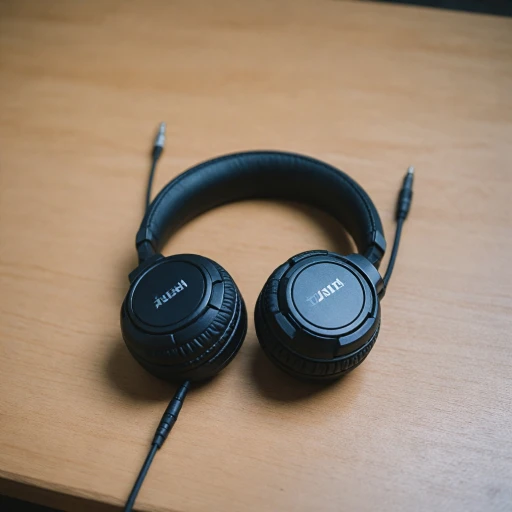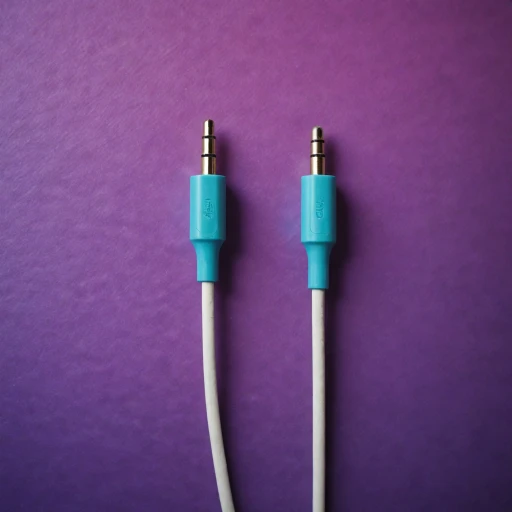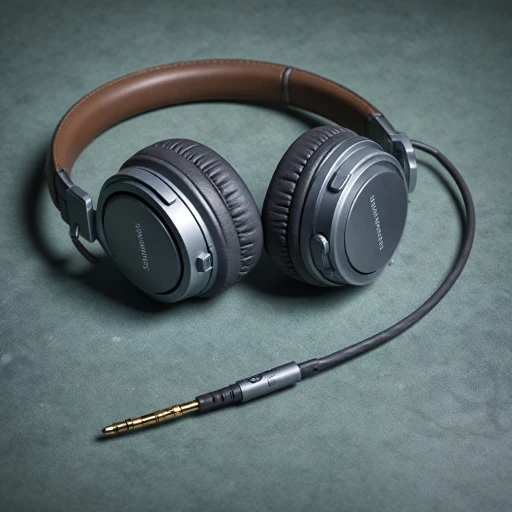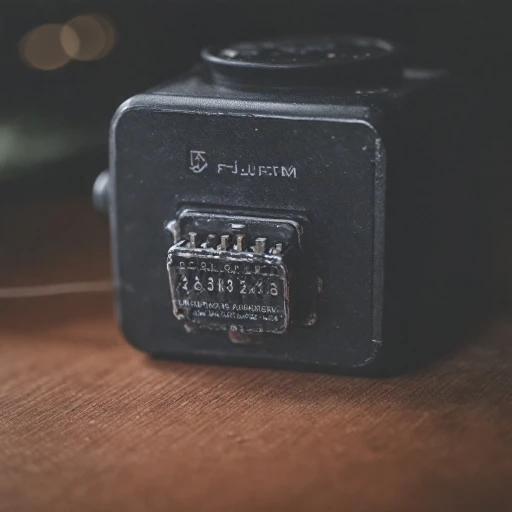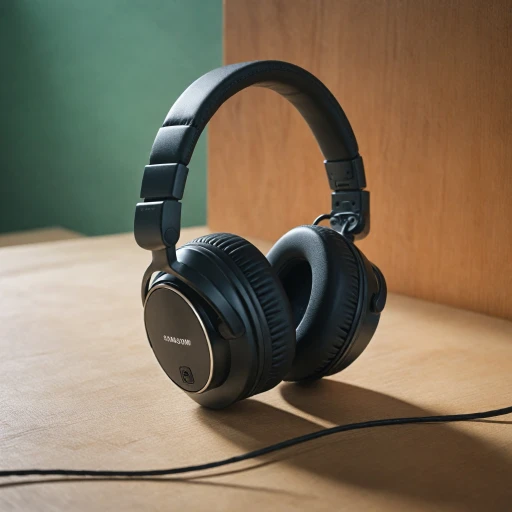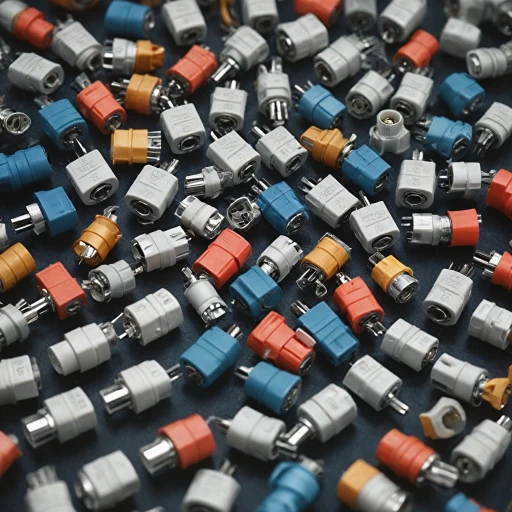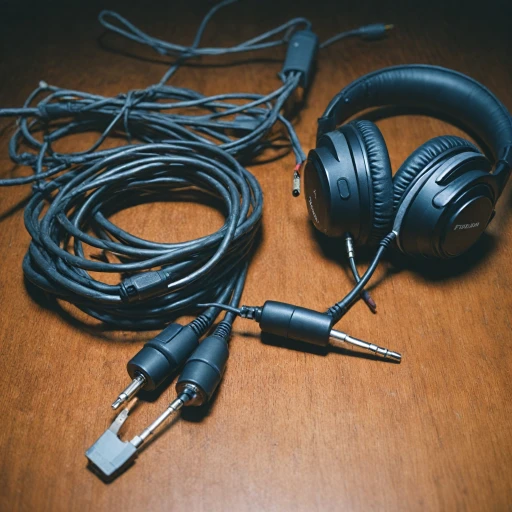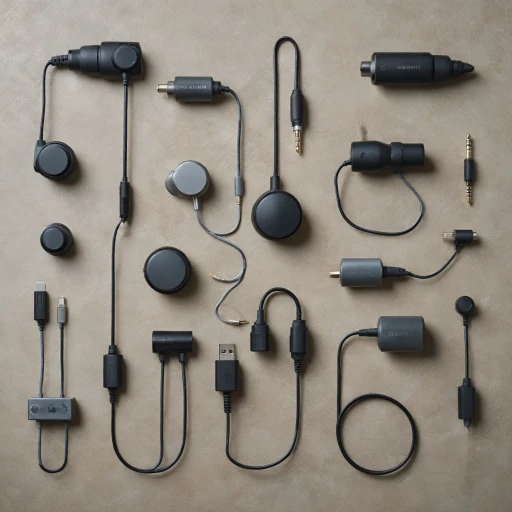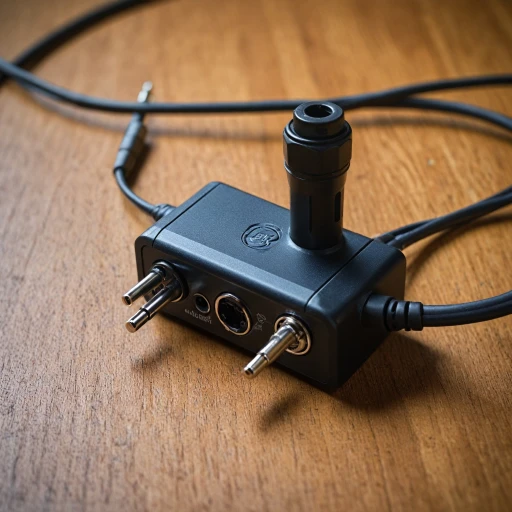Introduction to Noise Canceling Technology
Delving into the Fundamentals of Noise Canceling
In today's fast-paced world, noise canceling headphones have become a staple for many, offering a refuge of calm in noisy environments. The core technology behind these headphones is designed to reduce unwanted ambient sounds by employing active noise control. This involves generating sound waves that are in direct contrast to the incoming noise, effectively nullifying it. The result is a quieter listening experience that allows users to fully immerse themselves in their audio content, whether they're enjoying music, podcasts, or making important calls.
These headphones often incorporate TRS connectors, commonly recognized for their presence in audio equipment as phone connectors. The TRS jack, with its tip, ring, and sleeve configuration, plays a pivotal role in transmitting high-quality stereo sound. This traditional connector has long been favored due to its simple yet effective design. Its compatibility with a wide range of devices makes it a practical choice for audio professionals and everyday users alike. However, it's essential to understand how this seemingly small component enhances the overall noise canceling capabilities of your headphones.
For those interested in enhancing their audio experience with the right adapters, the choice of connectors and cables can significantly impact sound quality and noise reduction efficiency.
As we explore more on this topic, we uncover not just the importance of TRS connectors, but also how they compare to other connectors like TRRS and why they are critical in maintaining a balanced audio output, ensuring that both audio and microphone functionalities are executed seamlessly. The anatomy of a TRS audio jack and its role in noise canceling technology is undeniably fascinating and will be explored in more detail in the subsequent sections.
The Anatomy of a TRS Audio Jack
The Components of the TRS Connection
The TRS audio jack, commonly referred to as the stereo or balanced plug, is a critical component in many noise canceling headphones. Its design ensures efficient audio transmission, and understanding its structure can help in choosing the right audio equipment. The standard TRS audio jack consists of three main sections:- Tip (T): The tip usually carries the left audio channel in stereo setups. It’s a small section at the very end of the jack.
- Ring (R): The ring, located between the tip and the sleeve, typically carries the right audio channel. In the case of TRRS connectors, an additional ring can support microphone input or another audio channel, enhancing the versatility of headphones that might also include a microphone.
- Sleeve (S): This section is the base of the jack and it usually functions as a ground/shield, which is essential for minimizing interference and noise, contributing to a clearer sound.
Choosing an Audio Jack
The choice between TRS and other connectors depends on the device and purpose. For headphones with a focus on noise-canceling features, the TRS jack is often preferred for its balanced audio capabilities. Understanding jack adapter importance can also be vital for ensuring compatibility with various devices, enhancing the listening experience.Connector Materials and Accessories
Material quality can greatly affect performance. Gold-plated TRS connectors are highly recommended as they resist corrosion and maintain a strong connection over time, facilitating a cleaner audio signal. Moreover, different plug sizes, such as the 1/4 inch and 3.5mm, offer flexibility for various devices and scenarios—from professional audio equipment to everyday smartphones. Understanding the anatomy and role of each component in a TRS audio jack ensures that users can make informed decisions about their audio equipment, maximizing the potential of their noise-canceling headphones.How TRS Audio Jack Enhances Noise Canceling Features
The Impact of TRS Connections on Noise Canceling Capabilities
The TRS (Tip-Ring-Sleeve) audio jack plays a significant role in enhancing the performance of noise canceling headphones. As a common audio connector, the TRS jack is often found in professional audio equipment due to its ability to transmit stereo audio signals effectively. The design of TRS connectors, with a tip for the left channel, a ring for the right channel, and a sleeve for ground, supports clear and balanced audio transmission. A well-designed TRS connector can greatly influence the quality of noise canceling algorithms. By ensuring that the audio signal remains uninterrupted or unaltered during transmission, these connectors help the noise canceling circuits effectively differentiate between useful audio signals and ambient noise. This clarity is crucial for the headphones’ built-in microphones to detect and cancel out unwanted sound accurately. Moreover, when compared to TRRS connectors, which have an additional ring to support microphone functionality, TRS connectors are more focused on delivering high-quality stereo audio. This specificity can enhance the audio fidelity of the music or content being played, thus improving the overall noise canceling experience. The precision offered by TRS stereo connectivity ensures a seamless audio delivery that supports the headphone's sound isolation properties. Incorporating high-quality TRS cables can also optimize your listening experience. Many users note the benefits of gold-plated connectors, which resist corrosion and ensure a better connection over time. This focused approach in component quality aligns with the considerations discussed in exploring the compact design of the Moondrop EVO case, where attention to design detail can significantly impact performance. The reliability offered by TRS audio connections in maintaining audio integrity highlights their role in noise canceling headphones. These connectors contribute not only to the auditory precision but also to the functional excellence of noise canceling technology.Comparing TRS with Other Audio Connectors
Understanding the Differences with Other Connectors
When it comes to finding the right audio connection for your noise-canceling headphones, it’s essential to grasp how a TRS audio jack compares with other connectors in the industry. The TRS, or Tip-Ring-Sleeve, connector stands out as a staple in audio connections, primarily because it supports a balanced stereo audio output.
Firstly, let's break it down: a TRS audio plug consists of three conductive parts—tip, ring, and sleeve—enabling it to transmit a stereo signal. This construction sets it apart from the simpler TS connectors, which lack the capacity for stereo output, relegating themselves to mono sound.
On the other hand, the TRRS, or Tip-Ring-Ring-Sleeve, connectors are more advanced and can carry stereo audio along with an additional microphone channel. These are often used in mobile devices, supporting headphone and microphone functionalities in a single jack. Thus, TRRS connectors might be better suited if you're looking to incorporate microphone capabilities without needing separate jacks.
Then we have USB and RCA connectors. Where USB connections provide digital audio transmission and additional functionalities, RCA connectors are well-suited for analog audio and video transfer but don’t support portable headphone use as efficiently as TRS connections do.
Choosing between these connectors often boils down to the specific requirements—be it stereo sound, integration with microphones, or compatibility with multiple devices. Though a TRS might adequately meet most standard audio needs, understanding your specific use case helps in making an informed decision. Whether it's a gold-plated TRS male jack or TRS stereo cables, knowing these distinctions helps in evaluating the best option for the best audio experience from your noise-canceling headphones.
Common Issues with TRS Audio Jacks in Headphones
Typical Problems and Resolutions with TRS Audio Jacks in Headphones
When working with TRS audio jacks, issues can arise that may impact the performance of your noise canceling headphones. Understanding these common problems can help ensure your listening experience remains optimal. Connection Issues and InterferenceTRS connectors, with their tip, ring, and sleeve design, often face connection stability problems. Over time, the male TRS plug can become loose in the headphone jack, resulting in intermittent audio signals or complete disconnections. A solution can be ensuring the jack is free of debris and dust. Furthermore, slight adjustments of the plug might achieve better connectivity. Audio Quality Degradation
Poor audio quality can sometimes occur due to wear and tear on the TRS plugs or cables themselves. This degradation might manifest as a drop in stereo audio clarity or sporadic humming. Regularly check your audio cables for any visible damage; a cable replacement can often rectify such issues. Compatibility Concerns
Another issue is compatibility with balanced and unbalanced audio systems. While TRS is commonly used for stereo audio, the use of a TRRS connector, which includes an extra ring for a microphone, might be required for devices with microphone input. Be sure to choose the appropriate male TRS or TRRS connector for your device to avoid such problems. Maintenance and Care
Proper maintenance can circumvent some of these common issues. Gold plated TRS connectors, though pricier, are less likely to corrode and can maintain superior audio quality. Keeping cords untangled and properly stored will also prolong their lifespan. In summary, while TRS audio jacks provide numerous benefits, they require proper care to maximize their potential. By understanding their anatomy and addressing compatibility, users can tackle most standard issues that occur with TRS connectors.
Choosing the Right Headphones with TRS Audio Jack
Key Considerations for Selecting Headphones with TRS Jacks
When choosing headphones equipped with a TRS audio jack, there are several factors you need to keep in mind to ensure you make the best choice. The TRS connector is a pivotal element that has aspects such as the sleeve, ring, and tip, which come into play as explained in the anatomy of a TRS audio jack. Here’s what to consider:
- Connector Type: Understand whether you need a TRS or TRRS variation depending on your device's requirements. A TRRS connector includes an extra ring that facilitates the use of microphones in devices like smartphones.
- Compatibility: Ensure that the headphones' TRS jack is compatible with your intended devices, whether they are phones, computers, or specialized audio equipment.
- Cable Quality: Look for high-quality audio cables that use more durable materials. Gold-plated connectors, for instance, offer better conductivity and reduce noise.
- Audio Performance: Evaluate the headphones’ ability to deliver balanced stereo audio. TRS stereo jacks are designed for this purpose, enhancing your listening experience with clear audio quality.
- Durability: Check the build quality of both the headphones and the TRS cables. Sturdy connectors and cords will withstand daily wear and tear better.
- Panel Mount Option: Considerations for installations, vehicles, or fixed audio setups may require a panel mount TRS jack.
- Additional Features: Some headphones with TRS connectors offer additional functionalities such as detachable cables or inline microphones, which can be useful for frequent travel or use with multimedia devices.
- Shipping and Availability: Look for options that offer free shipping and easy returns, which can be a plus in case you need exchanges or repairs.
By evaluating these facets, you can find the perfect pair of noise canceling headphones that connect smoothly via a TRS audio jack, ensuring reliability and superior sound quality.
